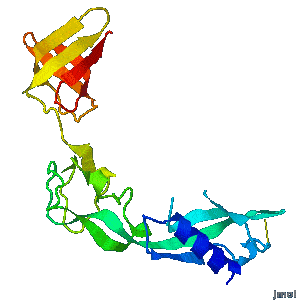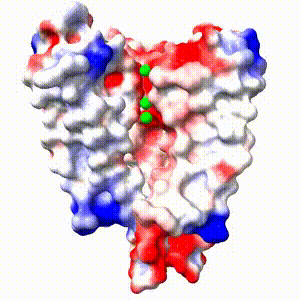Main Page
From Proteopedia
| Line 8: | Line 8: | ||
<th style="padding: 10px;background-color: #dae4d9">Art on Science</th> | <th style="padding: 10px;background-color: #dae4d9">Art on Science</th> | ||
<th style="padding: 10px;background-color: #f1b840">Journals</th> | <th style="padding: 10px;background-color: #f1b840">Journals</th> | ||
| - | <th style="padding: 10px;background-color: # | + | <th style="padding: 10px;background-color: #79baff">Education</th> |
</tr> | </tr> | ||
<tr> | <tr> | ||
Revision as of 12:39, 18 October 2018
|
Because life has more than 2D, Proteopedia helps to understand relationships between structure and function. Proteopedia is a free, collaborative 3D-encyclopedia of proteins & other molecules. ISSN 2310-6301 | |||||||||||
| Selected Pages | Art on Science | Journals | Education | ||||||||
|---|---|---|---|---|---|---|---|---|---|---|---|
|
|
|
|
||||||||




